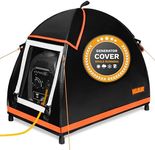Buying Guide for the Best Honda Gas Generators
When it comes to picking the right Honda gas generator, it's important to consider your specific needs and how you plan to use the generator. Honda offers a range of gas generators that vary in power output, size, and features. Understanding the key specifications will help you make an informed decision and ensure that you choose a generator that meets your requirements. Here are the key specs to consider and how to navigate them:Power Output (Wattage)Power output, measured in watts, indicates how much electricity the generator can produce. This is crucial because it determines what appliances and devices you can run simultaneously. Generators typically range from 1,000 watts to over 10,000 watts. For small appliances and tools, a lower wattage (1,000-2,000 watts) may suffice. For larger appliances or multiple devices, you may need a mid-range generator (3,000-5,000 watts). For whole-house backup or heavy-duty use, consider a high-wattage generator (6,000+ watts). Assess your power needs by listing the devices you plan to run and their wattage requirements.
Fuel Tank CapacityFuel tank capacity determines how long the generator can run before needing a refill. This is important for convenience and continuous operation. Smaller generators may have tanks that hold 1-2 gallons, providing a few hours of runtime. Larger models can have tanks that hold 5-10 gallons or more, offering extended operation. If you need a generator for short-term use or portability, a smaller tank may be sufficient. For longer durations or critical applications, a larger tank is preferable to minimize refueling interruptions.
PortabilityPortability refers to how easy it is to move the generator around. This is influenced by the generator's weight, size, and whether it has wheels and handles. Lightweight and compact models are easier to transport and are ideal for camping, tailgating, or light outdoor use. Heavier models with wheels and handles are better suited for home backup or job sites where mobility is still needed but not as frequently. Consider how often you will need to move the generator and choose one that matches your mobility requirements.
Noise LevelNoise level, measured in decibels (dB), indicates how loud the generator is during operation. This is important for user comfort and compliance with noise regulations. Generators can range from very quiet (50-60 dB) to quite loud (70-90 dB). Quiet models are ideal for residential areas, camping, and events where noise is a concern. Louder models may be acceptable for construction sites or remote locations. Consider where you will use the generator and how important noise level is to you.
Starting SystemThe starting system determines how you start the generator. There are manual recoil start systems and electric start systems. Manual recoil starts are reliable and do not require a battery, making them suitable for occasional use and lighter models. Electric starts are more convenient and easier to use, especially for larger generators or frequent use. Some models offer both options. Consider your preference for ease of use and the reliability of the starting system.
Outlets and ConnectivityOutlets and connectivity options determine what devices you can plug into the generator. Common outlets include standard 120V household outlets, 240V outlets for larger appliances, and USB ports for charging electronics. Some generators also offer parallel capability to connect two units for increased power. Ensure the generator has the right type and number of outlets for your needs. If you plan to power sensitive electronics, look for models with inverter technology for clean and stable power.
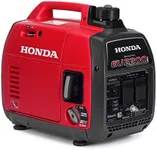
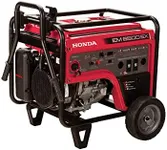
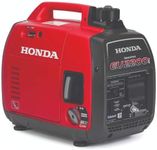
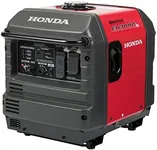

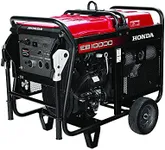
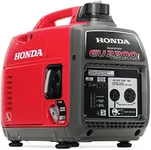
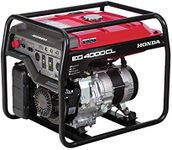


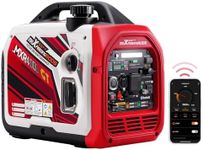



![[Upgraded Version] ALLPOWERS S2000 Portable Power Station 2000W (Peak 4000W) MPPT Solar Generator 1500Wh Backup Battery with 4 AC Outlets for Outdoor Camping RV Emergency Off-Grid](https://images-proxy.bestreviews.guide/YtTaRg6uNv-LaNq9_7sPyzjq62s=/0x150/https://m.media-amazon.com/images/I/31g7wSEKaOL._AC_CX679_.jpg)

